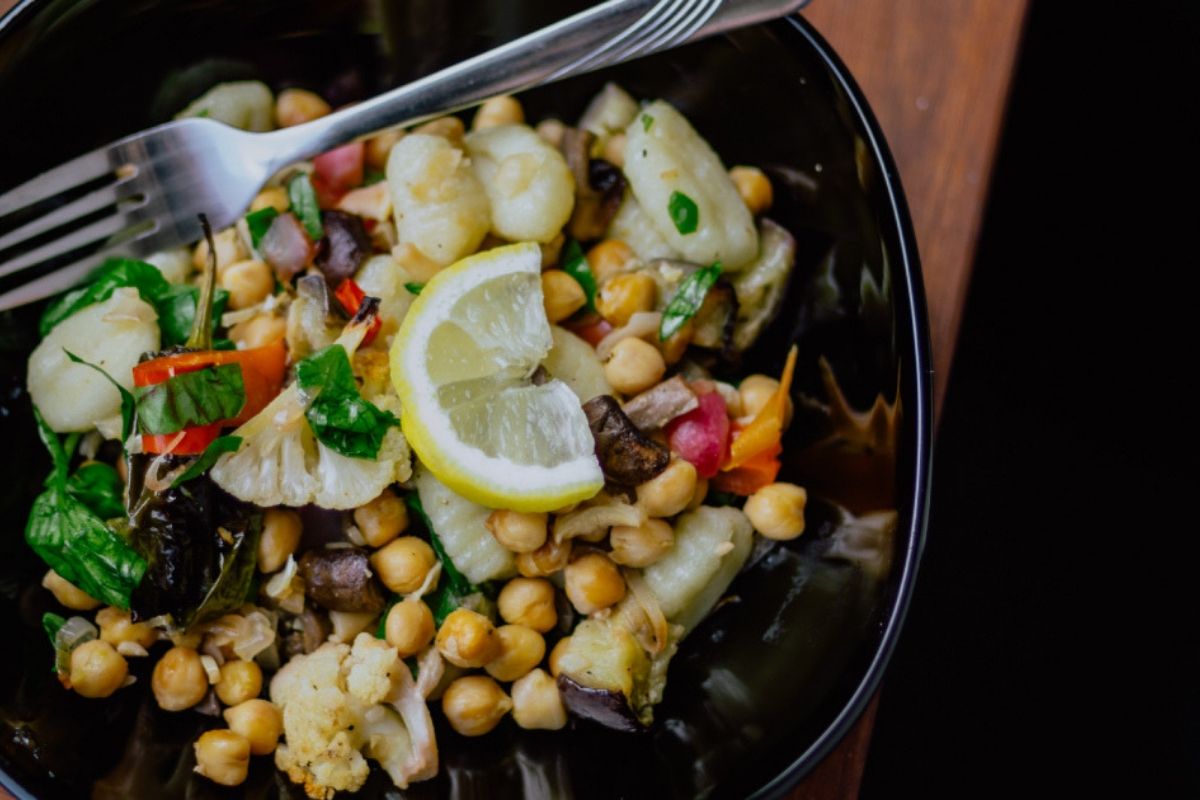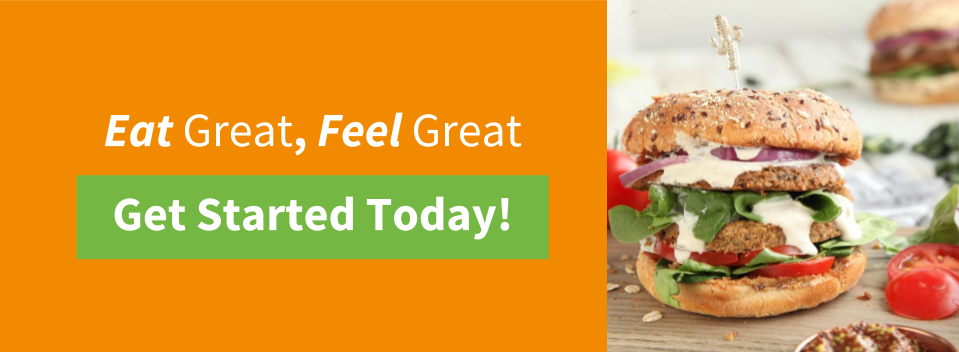
Protein plays a big role in keeping your body energized and healthy; it boosts your metabolism, increases muscle mass, builds and rebuilds tissue and bones, and even plays a part in lowering blood pressure. Moreover, your body uses protein to make vital chemicals such as enzymes, hormones and more.
What we’re trying to say is that if you’re not getting enough protein, you might be in a bad way.
No matter your dietary ideology, protein should be a cornerstone of your daily food intake. But given that the most well-known sources of protein come from animal products, is this a problem for those who follow plant-based diets? How do vegans and those on whole-food plant-based diets get their daily amounts of protein and essential amino acids?
Well, don’t worry; not only is it possible to get your required protein intakes without consuming animal products, it’s not difficult at all. Even more, you probably don’t need as much protein as you think.
Amino misconceptions
Whether you’ve been on the whole-food plant-based diet for five years or five minutes, you’ve probably heard the rumor that plants don’t provide the same complete protein — full of all of the essential amino acids — found in meat and other animal products.
Well, we’re here to dispel that myth. Here we go:
Plant-based foods contain the same essential amino acids as animal products.
That’s right. We said it, and we’ve got the science to back it up. In fact, the myth about plant-based foods lacking essential amino acids was debunked decades ago by scientists within the nutrition community. Protein sources found in plants can provide the essential amino acids your body needs to be healthy. So, there’s no need to eat animal products to create complete proteins. But beyond even that, there’s also no need to worry about combining plant-food sources to make complete proteins, because the proteins found in plants are already complete.
To understand why, let’s take a closer look at the idea of complementary proteins, and why experts in the nutrition and medical communities aren’t worried about them.
What are “complementary proteins” (and why shouldn't you worry about them)?

Let’s start with the basics. Protein is made up of a range of amino acids. When you consume protein, the protein is broken down into its constituent amino acids, which are then used to support various processes, such as transporting nutrients, growing and repairing tissue, regulating your immune functions, etc. Your body needs 20 different amino acids to be able to function optimally. However, of those 20 amino acids, your body is capable of naturally producing 11 of them. That leaves nine amino acids — histidine, isoleucine, leucine, lysine, methionine, phenylalanine, threonine, tryptophan, and valine (collectively named essential amino acids) — that you need, but can’t synthesize on your own.
That’s where food comes in.
When you eat protein-rich foods, you provide your body with the essential amino acids it needs to perform vital functions. And, because protein can be found abundantly in non-animal sources (spinach, legumes, beans, and lentils are just a few examples), it stands to reason that by consuming protein-rich plant foods, you’d be getting your recommended doses of essential amino acids. Simple, right?
And it should be. Unfortunately, thanks to some flawed, outdated research and fast-spreading misinformation, people are making it much more complicated than it needs to be, by promoting the idea of complementary proteins.
The (debunked) theory of complementary proteins claims that non-animal based protein sources don’t contain the complete range of essential amino acids found in animal products. The (again, debunked) complementation theory suggests that most plant-based protein sources contain only an incomplete selection of amino acids, and in order to fully address the body’s protein-nutrition needs, vegans and those on the whole-food plant-based diet have to combine different “incomplete” protein sources to make “complete” ones. Supposed complementary proteins examples include lentils or legumes with grains, or beans with nuts.
But it’s all fiction. Not only have studies proven time and time again that there is no such thing as incomplete proteins, but Frances Lappé, the woman who came up with the theory of complementary proteins, later retracted her mistake. The proteins in plant foods are just as “complete” as those found in animals, and are much less hazardous to your body. If you’re regularly consuming protein-rich plant-based foods, then you’re getting the histidine, isoleucine, leucine, lysine, methionine, phenylalanine, threonine, tryptophan, and valine you need, without having to bother with complementation.
Sun, soil, and simplicity

All of the nutrition we take into our bodies comes from either from the sun or from the soil. And whether you’re eating plants, or you’re eating animals that are eating plants, you’re getting the same amino acids from the same sources: sun and soil.
So don’t make nutrition more complicated than they have to be; enjoy protein rich plant foods and don’t worry about protein complementation. After all, if the rest of the natural world can get its essential amino acids from the sun and the soil via protein-rich plant foods, then we can too. Eat your legumes, lentils, quinoa, soy, and all of your favorite plant-based protein sources, and essential amino acids histidine, isoleucine, leucine, lysine, methionine, phenylalanine, threonine, tryptophan, and valine are sure to follow.
How’s that for simple?


